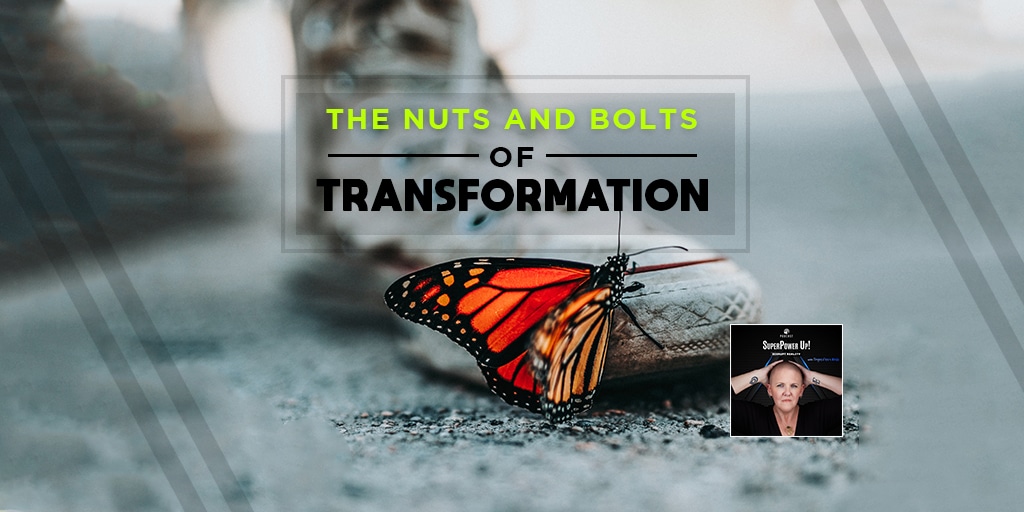One of the first steps in identifying a butterfly is to observe its wing pattern. This can range from simple and uniform to elaborate and intricate, with varying colors, shapes, and sizes. The Asia Comma, also known as Polygonia c-aureum, is a prime example of a butterfly with a distinct and recognizable wing pattern.

To make a positive ID, it is also important to take note of the butterfly's size and shape. The Asia Comma, for instance, has a wingspan of up to 2.5 inches and a noticeable comma-shaped marking on its underside. Other identifying features may include the shape and length of antennae, the color of the body and legs, and the way the butterfly moves and behaves.
In Okinawa, Japan, where the Asia Comma was photographed, butterfly identification can be particularly challenging due to the wide variety of species that inhabit the area. However, with careful observation and a keen eye for detail, even novice butterfly watchers can become skilled at identifying the different species.
One tool that can greatly aid in butterfly identification is a field guide. These guides typically include detailed descriptions and photos of different species, along with information on their habitat, behavior, and distribution. They are also a great resource for learning about the nuts and bolts of butterfly anatomy, such as the names of different body parts and the unique adaptations that allow butterflies to fly and feed.
Of course, identifying butterflies is not just about memorizing names and features. It is also about appreciating the beauty and diversity of these delicate creatures, and understanding their role in the ecosystem. Butterflies play an important role as pollinators, helping to ensure the survival of many plant species, and are also an important food source for other animals.
In conclusion, identifying butterflies can be a fun and rewarding hobby that requires a combination of observation skills, attention to detail, and a genuine appreciation for these stunning insects. So, if you're ready to get started, grab your field guide, head outside, and see how many new species you can identify today! And remember to keep an eye out for both the bolts and nuts of butterfly identification.
